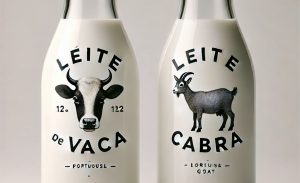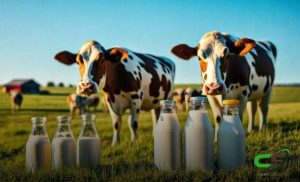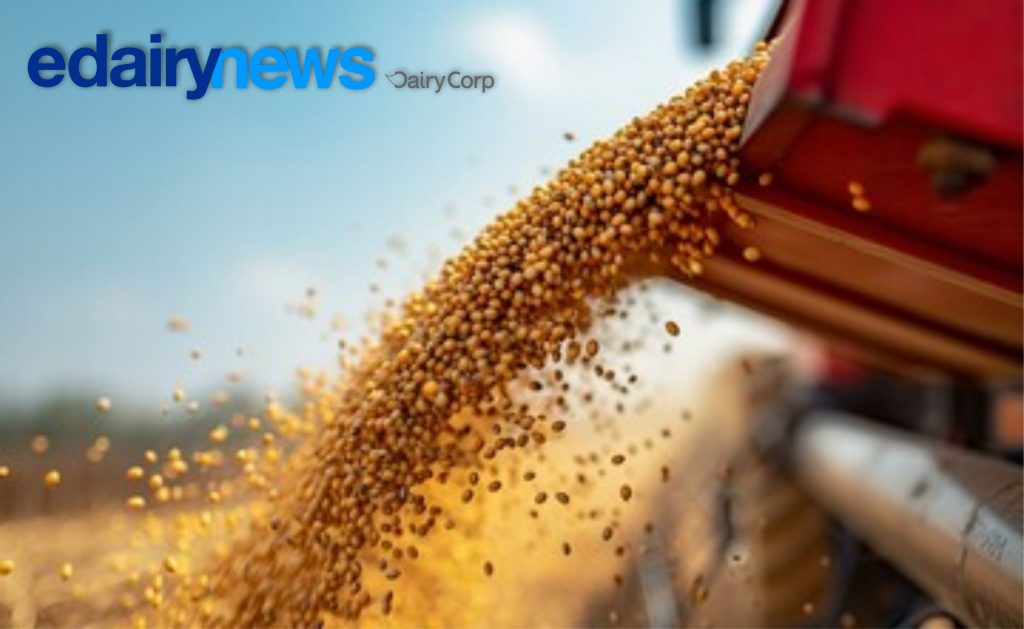October 12 is National Farmers Day, and Washington’s 300+ dairy farm families are highlighting their longstanding commitment to improving the soil, conserving water, and ensuring their farms continue to thrive for generations to come.
“Everything we do on the farm and in our processing facility revolves around sustainability and improving the environment around us,” said Jill Smith of Pure Eire Dairy in Othello. “We consider our dairy products from the ground up, which begins with building our soil quality to grow high-quality feed and pasture for our cows. Greater feed quality leads to greater milk quality and a healthier herd of dairy cows. It’s a closed loop system and we utilize everything we produce.”
In 2008, U.S. dairy was the first agricultural sector to commission a life cycle assessment on fluid milk, which showed that dairy accounts for 2% of total GHG emissions in the U.S.
These voluntary goals align with the Innovation Center for U.S. Dairy, and the dairy industry prioritized these focus areas of environmental sustainability as the foundation for the 2050 goals:
- Achieve carbon neutrality or better
- Optimize water usage while maximizing recycling
- Improve water quality by optimizing manure management and nutrients
“Dairy farmers have invested in technology and the implementation of best practices to reduce environmental impact for decades,” said Lynne Wheeler of Coldstream Farms in Deming. “This plan outlines how committed dairy farmers are to being an environmental solution and leader in environmental stewardship. We know how important it is to be open to new research and opportunities to continuously improve the way we operate our businesses and further reduce our carbon footprint.”
Washington dairy farms already utilize many on-farm practices with focus on cow care, energy efficiency, and manure management that reduce environmental impact and help protect natural resources.
Jason VanderKooy of Harmony Dairy in Mount Vernon partners with neighboring tulip farms to provide nutrient-dense cow manure to grow the beautiful flowers that bring thousands of visitors to the Skagit Valley each April, which results in the crop farmers purchasing less commercial fertilizer. Manure from their cows, along with many food waste products that would otherwise go into a landfill, is also sent to their methane digester to produce 750 kw, which is enough power for 750 homes.
“A lot of work went into getting the farm to this point,” VanderKooy said. “My dad started with nothing 46 years ago and gave my brother and me a great opportunity. We want to see our kids succeed and they would not be interested in carrying on the tradition if the farm is run down or not taken care of. Taking care of the environment is just what farmers do and have done for generations before us.”












